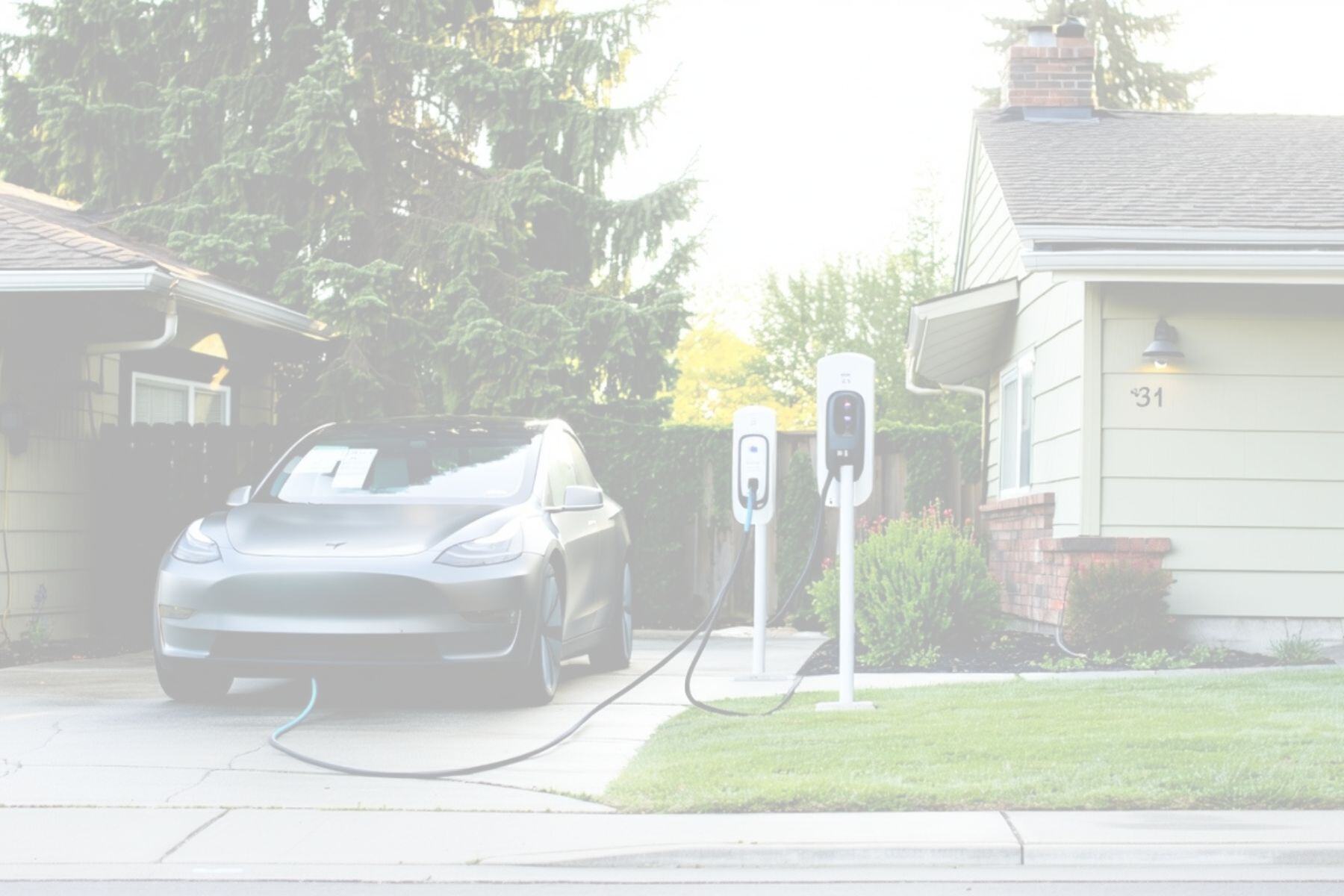Fleet operators in Indianapolis are facing increasing pressure to electrify their vehicles. From delivery vans and service trucks to rideshare fleets, businesses are recognizing the long-term savings and environmental benefits of switching to electric vehicles (EVs). But to make the transition work smoothly, companies must plan for EV fleet charging infrastructure at their facilities.
Here is what you really need to know about the costs, permits, and return on investment (ROI) associated with commercial EV charger installation for fleets.
Why Businesses Are Electrifying Their Fleets
Electric fleets are gaining traction for several reasons:
- Lower Operating Costs – EVs cost less to fuel and maintain compared to gas-powered vehicles
- Environmental Benefits – Reducing emissions supports sustainability goals and aligns with consumer expectations.
- Regulatory Incentives – Indiana and federal programs offer rebates and tax credits to offset installation costs.
- Brand Reputation – A green fleet signals innovation and responsibility to customers and partners.
For Indianapolis businesses with delivery routes, service vehicles, or rideshare operations, the question isn’t if EV charging infrastructure is needed — it’s when.
Step 1: Understanding Charger Options for Fleets
Different chargers serve different business needs. Fleet operators typically consider:
- Level 2 Chargers – Ideal for overnight charging at depots or garages. They provide 20–25 miles of range per hour.
- DC Fast Chargers – Best for fleets that need quick turnaround during the day. They can charge most EVs to 80% in about 30 minutes.
- Smart Chargers – Allow load management, scheduling, and usage tracking, which is vital for large fleets.
Choosing the right mix depends on fleet size, schedules, and energy demands.
Step 2: Permits and Compliance in Indianapolis
Installing fleet chargers requires compliance with local electrical codes and city permitting processes.
- Electrical Permits – Required before work begins to ensure safety and compliance.
- Inspections – Conducted after installation to confirm code compliance.
- ADA Accessibility – Even fleet-focused installations must include accessible charging spaces.
- Utility Coordination – Businesses often need approval from local utilities to assess grid impact and load management.
Partnering with a licensed commercial electrician who has experience with EV fleet projects can streamline this process.
Step 3: Electrical Load and Infrastructure Upgrades
Fleet charging requires significantly more power than residential or even small commercial installations. Key considerations include:
- Panel Capacity – Many facilities need an electrical panel upgrade to handle multiple chargers.
- Dedicated Circuits – Each charger usually requires its own circuit for safety.
- Transformers and Service Upgrades – In larger fleets, utilities may need to upgrade transformers or provide additional service lines.
- Scalability – Planning for future expansion reduces costs over time.
Without proper infrastructure planning, fleet charging can strain facilities and lead to unexpected expenses.
Step 4: Costs of Fleet EV Charger Installation
The cost of installing EV fleet chargers varies widely depending on charger type, site conditions, and infrastructure upgrades. Typical ranges include:
- Level 2 Chargers – $3,000–$7,000 per unit (including equipment and installation).
- DC Fast Chargers – $30,000–$70,000 per unit, depending on capacity.
- Electrical Upgrades – Costs vary, but older facilities may need significant panel or transformer work.
Fortunately, rebates and tax credits can offset these expenses.
Step 5: ROI and Incentives
While upfront costs may seem high, the ROI on EV fleet charging is strong when considering:
- Fuel Savings – Electricity costs less per mile than gasoline.
- Maintenance Savings – EVs have fewer moving parts, reducing repair expenses.
- Incentives – Businesses may qualify for EV charger rebates in Indiana and the federal commercial EV tax credit, which can cover up to 30% of installation costs.
- Customer Loyalty – Many consumers prefer eco-friendly businesses, leading to higher retention and sales.
Over time, these benefits often outweigh installation costs, making EV charging a profitable long-term investment.
Step 6: Ongoing Management and Maintenance
Fleet charging requires more than installation — businesses should plan for:
- Charger Monitoring – Smart chargers provide usage data and alert businesses to issues.
- Preventive Maintenance – Routine inspections help avoid downtime.
- Energy Management – Load balancing prevents demand spikes and reduces utility bills.
A proactive maintenance plan ensures chargers remain reliable for daily fleet operations.
For businesses, EV fleet charging installation is an investment in efficiency, sustainability, and future growth. By understanding the costs, permits, and ROI, fleet operators can make informed decisions and avoid pitfalls.
Partnering with an experienced commercial electrician ensures compliance, reliability, and scalability — giving your fleet the power it needs to keep moving.

.jpg)
.jpg)

SHARE